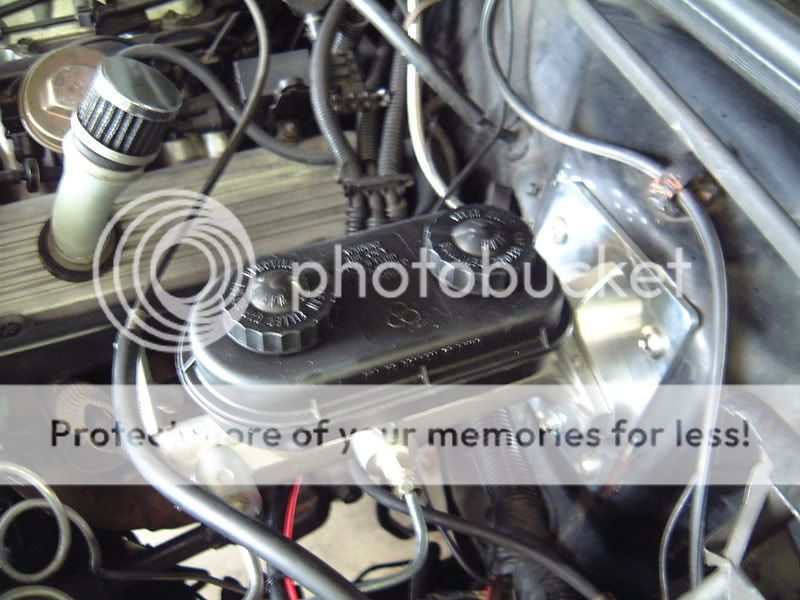Switching to manual brakes. Instruction say to use upper hole or drill another hole one inch above existing hole on pedal which any one that has pulled a pedal out of a GN knows it uses a pin. I guess my question is if I remove the pin in pedal and bushing it to desired diameter will the powermaster pedal give me the correct ratio of 6:1 or be close enough.
Thanks Michael
Thanks Michael



